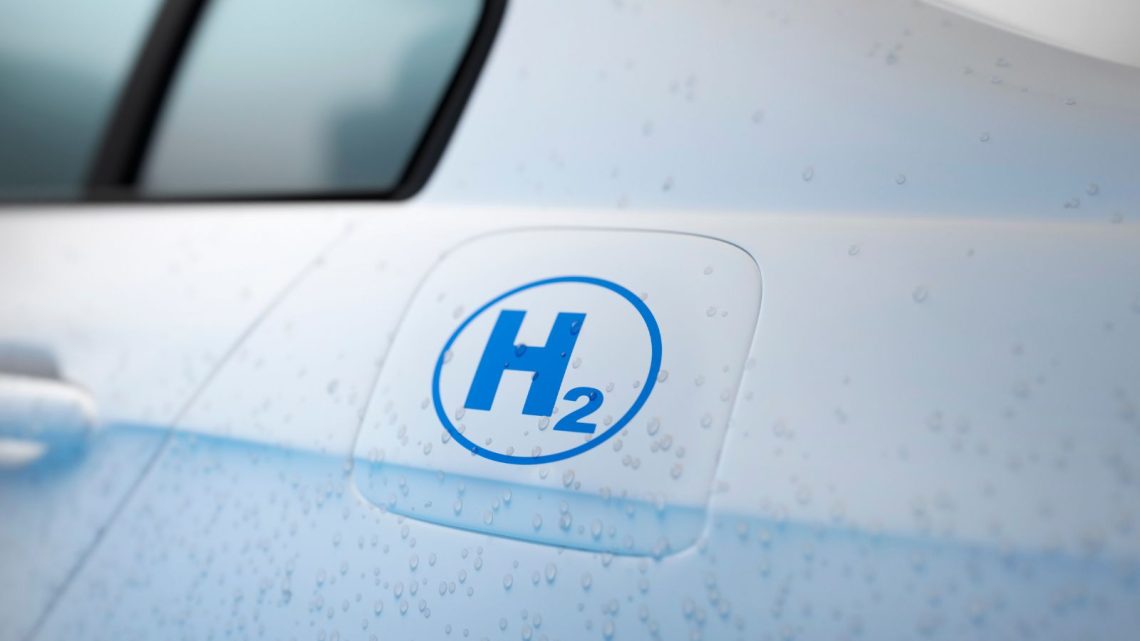
What have we learned from the slow adoption of the hydrogen car?
December 17, 2022There is quite a bit of strategy to understand from why electric vehicles took off when H2 stagnated.
The hydrogen car has been seen as a promising zero emission technology for decades – the concept itself isn’t anything new – but even with time and attention, it hasn’t achieved the adoption and growth seen in the battery electric vehicle market.
Both types of vehicle were initially viewed as an alternative to fossil fuel powered cars in the early 2000s.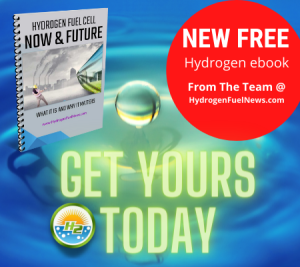
When the hydrogen car first emerged in the early 2000s, they were broadly considered to be a top option along the road to environmentally friendly driving. It was seen as a type of vehicle and fuel that would be available worldwide and produced only water vapor as an emission.
Fuel cell technology also ensured that drivers would be able to enjoy an experience comparable to what they’re used to with internal combustion engine vehicles running on gasoline and diesel. At the same time, oil companies had the opportunity to shift directions to produce H2, so they would be able to keep up their dominance at fuel pumps serving passenger vehicles, transportation vehicles on land, sea and in the air, and even powering industrial machinery.
However, when the transition to zero-emission vehicles began, it wasn’t H2 that took the top spot. Not by a long shot. It was battery electric vehicles. There are many reasons to explain this. Moreover, it is not entirely unlikely that electric vehicles could soon reach their peak and the hydrogen car could take the lead, should the right lessons be learned about what is needed for their widespread adoption.
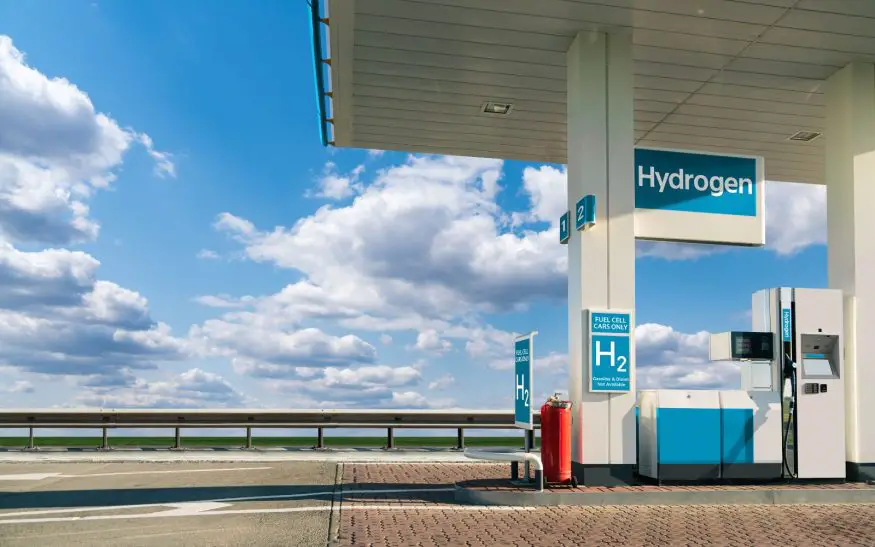
The hydrogen car depends on a substantial supply chain and fueling network to become viable.
Among the top lessons learned in the development of zero-emission vehicles is that if they are to be adopted, their fuel – be it H2 or electricity – must be affordable, and it must be available. Even before charging stations started becoming commonplace throughout urban areas and along major highways and freeways, electricity was already available at a driver’s home, meaning that they could recharge their vehicles when not in use. The same could not be said for H2.
Without an H2 supply at home, a hydrogen car driver is fully reliant on fueling stations. Without a network in place, it is impractical to own such a vehicle, even with their considerable range.
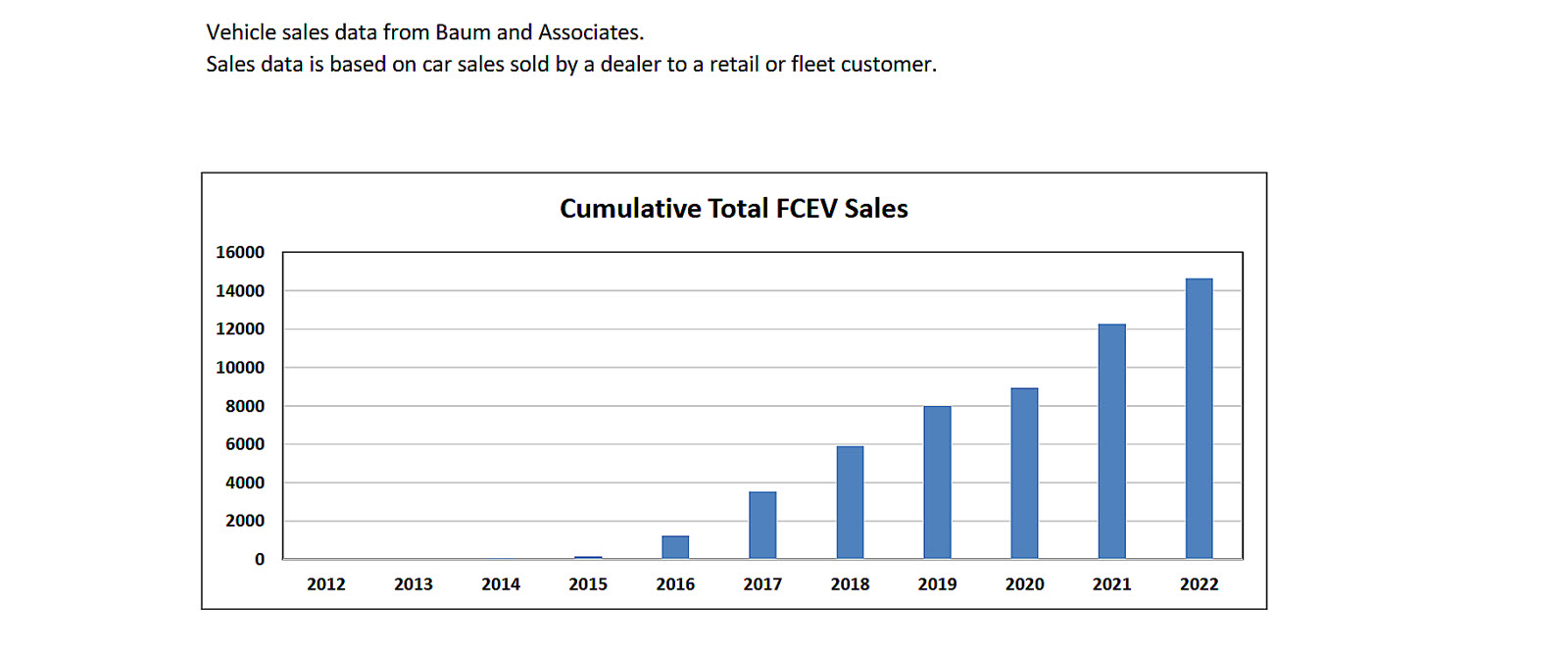
*Image Credit: https://h2fcp.org/sites/default/files/FCEV-Sales-Tracking.pdf
Governments and businesses are now investing in the introduction of complex H2 technologies and infrastructures.
California is on track to fully implement its ambitious hydrogen fueling station network. With over 176 stations expected by 2026, the state stands a good chance of meeting Assembly Bill 8’s goal of at least 100 stations before 2023 (currently there are 53 open, 9 unavailable, 9 in construction, 23 in permitting, 5 on hold and 7 proposed) and Governor Brown’s executive order B-48-18 target for 200 locations in total. Moreover, CARB analysis suggests that this ever growing infrastructure could be financially self-sufficient as early as 2030—ushering in renewable energy transport solutions throughout California! Should they be adequately implemented, it will be interesting to see how zero-emission vehicle trends continue.

FAQs about How Hydrogen Cars Work and How to Refuel Them
-
How do hydrogen cars work? Hydrogen cars, also known as fuel cell electric vehicles (FCEVs), use a fuel cell stack to convert hydrogen gas into electricity. The fuel cell stack combines hydrogen from the onboard storage tank with oxygen from the air, producing electricity to power the vehicle’s electric motor. This process generates only water vapor as a byproduct, making hydrogen cars emission-free.
-
How do hydrogen cars refuel? Refueling a hydrogen car is similar to refueling a conventional gasoline-powered vehicle, but with a few differences. Here’s how it typically works:
a. Pull up to a hydrogen refueling station: Currently, hydrogen refueling stations are less common than traditional gas stations, but their numbers are growing.
b. Connect the fueling nozzle: Using a special connector, attach the hydrogen fueling nozzle to the car’s intake valve.
c. Begin refueling: Once connected, the nozzle will initiate the flow of hydrogen gas into the vehicle’s onboard storage tank.
d. Monitor the refueling process: The refueling process takes a few minutes. Most stations have indicators or displays to show the progress.
e. Disconnect and pay: When the refueling is complete, safely disconnect the nozzle, and proceed to payment. Payment methods may vary depending on the station.
-
Are there any safety concerns with hydrogen refueling? Hydrogen refueling is designed with safety measures in place to minimize risks. Fueling stations follow strict safety regulations and employ various safety features, including automatic shut-off valves, pressure sensors, and gas detectors. Hydrogen itself is lighter than air and rapidly disperses if released into the atmosphere. Additionally, hydrogen tanks in FCEVs are made to withstand high pressures and undergo rigorous safety testing.
-
How long does it take to refuel a hydrogen car? Refueling a hydrogen car takes a similar amount of time as filling up a gasoline vehicle. It typically takes around 3 to 5 minutes to refuel a hydrogen car, allowing for a quick and convenient refueling experience.
-
Where can I find hydrogen refueling stations? Hydrogen refueling infrastructure is still expanding, but there are an increasing number of stations available in certain regions. To find hydrogen refueling stations near you, you can use online maps or mobile applications specifically designed to locate hydrogen stations. These resources provide real-time information on station locations and availability.



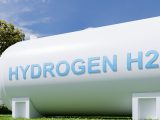
 With over 15 years of reporting hydrogen news, we are your premier source for the latest updates and insights in hydrogen and renewable energy.
With over 15 years of reporting hydrogen news, we are your premier source for the latest updates and insights in hydrogen and renewable energy.
Having watched the snails pace at which California has developed its hydrogen highway, it leaves one to wonder how committed is the executive branch? It appears that the California has chosen a winner in the race to clean energy and that winner is the electric car. There are no incentives for station developers to build more or to even keep the ones they have operational. Almost 20% of the stations were nonoperational at the time your article was written. As an engineer,
I would consider that a large system failure. Hydrogen Highway is a myth as decided by the state of California. Hopefully others will choose otherwise.
It still had a chance. Like batteries it was slow to take off bit with investment and with thr name of Elon Musk. It started to take off. Now there is investment in Hydrogen trucks, buses and there was a hydrogen plane recently tested. Hydrogen still has a chance but with no investment and attractive designed cars like Teslas. It’s at snail pace.
Problem for hydrogen fuel picking up???
1. Investors have already injected large out lays infrastructures for electric cars, it will take years to promote and to recuperate their investment.
2. Adding another green energy competitor will only slow down the development of their intrastructures and investment rdturns.
3. Most governments dare not take the Challenge for fear of unfavorable drawback from the public lack of interest.
Suggestion:Concentrate doing what everyone is concentrating, ev and do it well, keeping H2 as alternative when EV is already fully developed.
Not really. Electric cars are ok for non Apartment, city dwellers but in the country they are not at all. Hydrogen – specifically solid state hydrogen (see plasma kinetics) is already here and you don’t need a station at all. You don’t need to plug in at your house that mostly uses coal and fossil fuel plants. You simply insert a hydrogen solid state cartridge or CD and you will fuel your car.
Maclaren is already building the first solid state hydrogen vehicle on the planet that uses a solid state cartridge the size of an iPad mini to power the vehicle.
Goodbye goofy plug-in nonsense
Though hydrogen research is fascinating, as other engineers have commented, the reliable delivery & practical storage of hydrogen does not argue well for its wide usage.
It is though practical for mass transit where rather vehicles return regularly permitting easy refueling ……..public transit, speciality trucking, wear house forklift refueling, airport vehicles….etc are practical applications.
So let us concentrate on what is practical…….
Transmitting hydrogen by pipeline , road or rail transit is either too expensive , unsafe or not practical
the only promising hope i see for H2 is using ammonia as the fuel and i think its promising because scientists have recently been able to covert H2 to ammonia using a new less energy intensive process and are also saying they’ve be able to crack the H2 back to ammonia by simply using a laser technology. So when these 2 technologies have been tested and are available, i think H2-ammonia makes a lot of sense!
Hydrogen is significantly more versatile than batteries or other forms of energy. Hydrogen is infinitely abundant. Hydrogen is also the safest form of energy, believe it or not. The Hindenburg burned because of the petroleum derivative covering. Hydrogen escapes very fast. All hydrogen devices are close to 100% recyclable. A hydrogen economy can replace all fossil fuels. Hydrogen is the primary component of rocket fuel and jet fuel. Whether you like it or not green hydrogen will run the world, nothing else.
I read about a company called Plasma Kinetics that has developed a method of storing hydrogen on plates. When subjected to a laser the Hydrogen is released for use in a fuel cell. From their website, their “system is safe, clean, and scalable and holds more energy than a lithium-ion battery, costing less, and recharges in minutes.” If something like that could work on a large scale, solving the storage issue with Hydrogen, that could go a long way towards making Hydrogen a viable fuel for transportation.
Well said Alex Cokonis and very true, please read my comments in other Hydrogen News articles.
Waters of sea level rise are elegantly sequestered using ocean water and ocean renewables for hydrogen production. Oxygen is pumped down to revigorate dead zones. This true blue H2 resource is key to water management and fully cyclable resources.
I am not a partisan to any kind of propellent. H2 is less than 1o/o of all component gases in the atmosphere. Therefore, even though it is very abundant in combination organic/inorganically, to separate it out takes energy, sometimes loads of it. Although, as i said, i am not a proponent, i think the moment plasma will be 100% stabilized and safely contained, electricity will inevitably take over.
Good
Elon Musk wishes he could have seen hydrogen coming…. Fracking water or steam with molten salt reactors at 1/4 the cost is the solution for production then transport it any way you dream up like h2 microhubs. Big oil influences corraled the one Texas molten reactor experiment mind you to a Christian university to waterless Abilene Texas instead of the coast. Thay are burying H2. Got it?
Hydrogen is literally worse than coal in terms of CO2 emissions if not produced via electrolysis via renewable energy (green hydrogen). Most hydrogen is created using fossil fuels (blue hydrogen).
Hydrogen shouldn’t replace gasoline until this change in supply takes place.
Meanwhile an electric vehicle charged even via an only coal-based electric grid will still produce less emissions than a gas powered car.
The main reason why hydrogen has not been adopted to power vehicles is a lack of hydrogen filling stations, and this varies widely around the world. Here in the UK the Government Infrastructure Commission advises that they have no plans to support the roll-out of a hydrogen refueling infrastructure and are concentrating on promoting the installation of public EV charging points, ignoring the fact that the UK electricity grid is already struggling to support the demand during the day. In contrast to the UK, in Europe, the EU has set a target to have a hydrogen filling station on all their major highways no further apart than 140kms.
Until the authority that has the power to give financial support for the initial roll-out of hydrogen of a significant number of filling stations, does actually invest in the early infrastructure, the hydrogen filling stations will not be built.
There have been some technical problems with the hydrogen dispensing equipment, particularly for the higher pressure of 700 bar for cars, so a start could be made for just for heavy vehicles that require 350 bar, as hydrogen to power them is the greatest need, since EVs are acceptable for many car drivers with home charging points and low daily mileage.